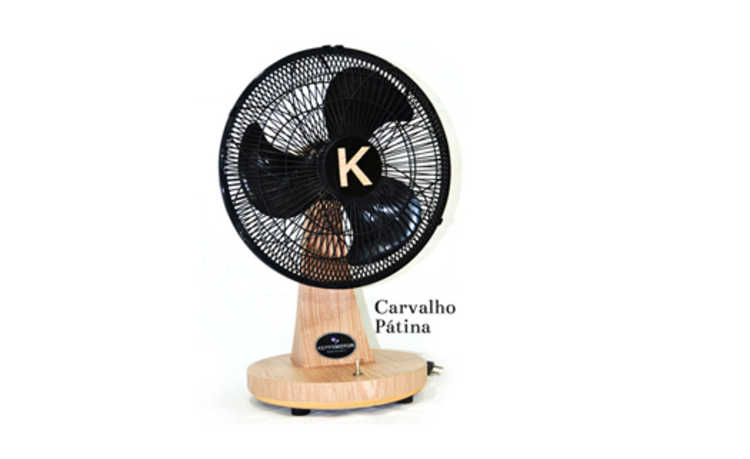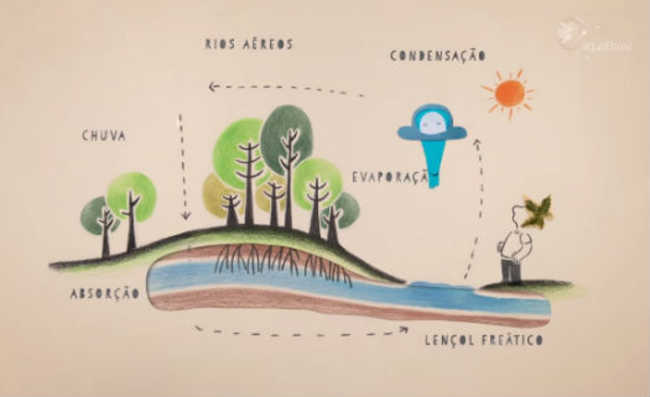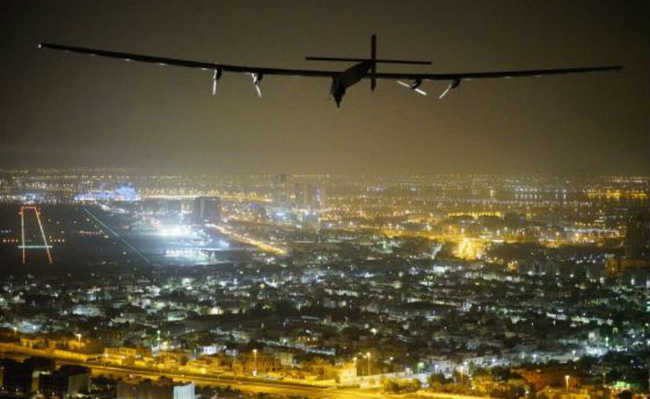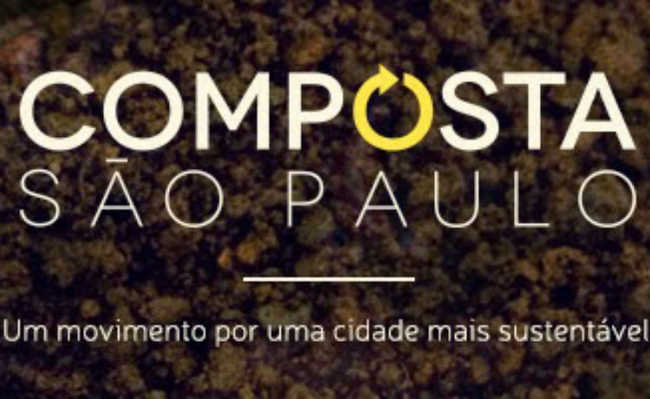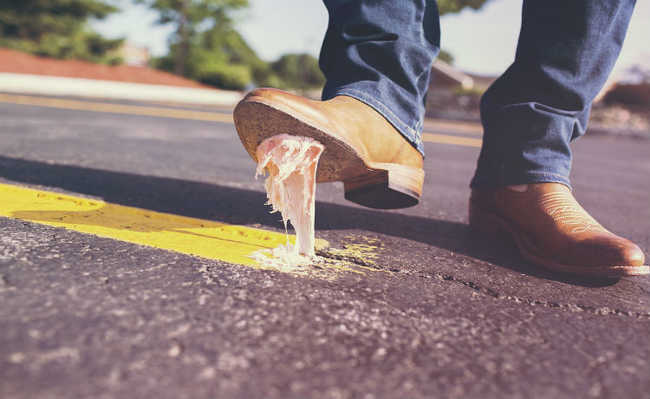Art and the environment: major aspects and questioning powers
How can art be an important awareness-raising tool for environmental activism? Discover environmental art and its ramifications

Jean Shin, Sound Wave
What is the function of art? Educate, inform and entertain? This is perhaps the most controversial question surrounding the topic - and there are no closed answers. Art can be understood as human activity linked to artistic manifestations, whether aesthetic or communicative, carried out by different forms of languages. Perhaps a more pertinent question is: what is the potential of art? One of the possible answers is given in the relationship between art and the environment, in which art plays the role of questioning actions and demanding changes in behavior.
Art drives the processes of perception, sensitivity, cognition, expression and creation. It has the power to raise awareness and provide an aesthetic experience, conveying emotions or ideals. Art arises from the need to observe the environment around us, recognizing its shapes, lights and colors, harmony and imbalance.
It can propagate and question lifestyles, prepare a new awareness through awareness, alerting and generating reflections. Artistic manifestations are representations or contestations arising from different cultures, based on what societies, in each era, live and think.
In this context, we can insert the importance of art as another tool of environmental activism. By confronting the public with unpleasant information, often difficult to be digested (such as climate change), converged into an aesthetic experience, awareness goes beyond the rational barrier and really touches people. It's easier to ignore statistics than to ignore images and sensations. When art represents society's disturbed relationship with nature, the urgency of action becomes explicit.
art and environment
Environmental changes have long been objects of art. Behind the idyllic green the Impressionists painted, there was black smoke from factory chimneys. One of the marks of Monet's work was the study of diffused light, in this search he came across the smog from London. This gave rise to works that show the coal smoke spewed from chimneys and trains in the city.

Monet, The Gare Saint-Lazare
In a contemporary context, the movement that joins art and the environment, the so-called environmental art, emerged from the political and social turmoil of the 1960s and early 1970s. Artists were inspired by the new understanding of environmental issues, the great urbanization and the threatening loss of man's contact with nature, as well as the desire to work outdoors in non-traditional spaces.
Environmental art is inserted in contemporary art not as a closed movement, but as a way of doing things, a trend that permeates various artistic creations. The dialectic between hedonism and sustainability has been increasingly addressed, and it is a counterproposal to current social orders. Publicly criticizing consumerism, the short life cycle of products and the exploitation of resources is to engage in environmental activism, even though it is often not explicit at work. Revering the beauty of nature, even if it seems without major ideological concerns, is also a process that reinforces the need for actions to preserve the environment.
- Discover the work of ten plastic artists who are dedicated to environmental activism in their works
Several artists are concerned with exposing to the public an art focused on environmental issues. Artistic practice gives visibility to themes that are often approached by the media from a distanced perspective. With a different focus, themes such as climate change or animal exploitation, which are not even highlighted in the traditional media, generate potentially transformative reflections.
The field of environmental art is as vast as the natural world that inspires it. Art is a lens through which it is possible to explore all aspects of society – from urban food production, climate policy, watershed management, transport infrastructure and clothing design – from an ecological perspective.
"Environmental art" is a generic term that refers to a wide range of work that helps improve our relationship with the natural world. Be it informing about environmental forces, or demonstrating environmental problems, and even with a more active participation, reusing materials and restoring local vegetation. Many artistic practices, such as land art, eco-art, and art in nature, as well as related developments in social practice, acoustic ecology, slow food, slow fashion, eco-design, bio-art and others can be considered as part of this larger cultural shift.
Land art, Earthwork or Earth Art

Christo and Jeanne-Claude, Valley Curtain
The natural terrain is an object and is integrated into the work in this type of art. Known as land art, Earth art or Earthwork, these works are great environmental architectures, they transform nature and are transformed by it. The physical space of these works are deserts, lakes, plains and canyons, and the elements of nature, such as wind or lightning, can be worked to integrate the work. THE land art relates to the environment in a harmonious way and with an immense respect for nature itself. The concept was established in an exhibition organized at the Dwan Gallery, in New York, in 1968, and at the exhibition Earth Art, promoted by Cornell University in 1969.



This concept of contemporary outdoor art attracts many artists, due to the possibility of moving from the field of galleries. Due to their characteristics, these works cannot be exhibited in these environments, except through photographs. These works have an ephemeral character, as the action of natural events consumes and destroys the works. A strong influence for this style are geoglyphs (large figures made on the ground in hills or flat regions), such as the Nazca lines and the crop circles.
The main artists of this trend are Jeanne-Claude and her husband Christo Javacheff, Walter de Maria and James Turrell.
art in nature
Similar to land art, a art in nature it has an even more ephemeral character. Considered an aspect of land art, this artistic production also has its place displaced to nature. This type of work is built with organic materials found in the environment, rearranged in geometric shapes. These beautiful sculptures are usually made with leaves, flowers, branches, sand, stones, etc. The focus is usually on creating objects or subtle changes in the landscape that highlight geographic features, or exploring the natural forms of the materials themselves.

Documentation plays a central role in this type of work. Just like the land art, this type of work can only be exhibited outside the natural environment through photographs. This art form can celebrate the beauty of nature. Artists who produce works in this style typically have a strong reverence for preserving nature and a desire to create minimal impact on the ground in the production of their work. Some artists even claim that they return the objects to the place they found after the documentation. Briton Andy Golsworthy has several jobs in this field.
Ecological art, eco-art or sustainable art

Ecological art takes into account that every human activity affects the world around it. For that reason, she analyzes the construction's ecological impact, exhibition and long-term effects of the work. Environmental issues are more apparent in the discourse of this type of art - it involves a whole methodology eco-friendly. Many projects involve local restoration, or emerge directly from an ecosystem or community service function. This artistic practice seeks to encourage affection and respect for nature, providing dialogue and encouraging long-term structural changes. Projects often involve science, architects, educators, etc.
An artist who follows this perspective is the Brazilian Vik Muniz, who creates several works using garbage. The documentary “Lixo Extraordinário” shows the artist's work and presents his creative process and his relationship with a community close to a sanitary landfill in Rio de Janeiro.

Another very important artist in the Brazilian scene is Frans Krajcberg. A hallmark of his work are sculptures with charred trees, which are collected from places that suffered from fires and deforestation. The work denounces man's violence against nature and has a strong activist character.

Activism
The notion of adopting a stance similar to activism in the arts had as one of its main advocates the artist Joseph Beuyes. He incorporated this behavior as an essential part of his production. Beuys was already approaching ecological issues in his sculptures, performances, among other artistic supports, in a revolutionary way. He was one of the founders of Green Party in Germany and, in 1982, he carried out an impactful action on the scene: he planted 700 oak seedlings marked by basalt columns, in front of the headquarters of Documenta, a periodical contemporary art exhibition that takes place in the city of Kassel, Germany.

Global concerns with themes such as deforestation, increased epidemics, pollution, global warming, depletion of species, new genetic technologies, new and old diseases, are reflections of a new world. Along with all this comes the demand to attribute to art the function of highlighting the issues of nature. The global cultural movement towards a life focused on conscious consumption has expanded the role of art and artists in our society. Regardless of a closed classification, it is noticed in museums and galleries around the world that the ecological issue and climate change are determining many artistic activities. The artist is credited with the role of activist, to expose the demand for the urgency of changes that society needs. Environmental art is engaged art. She seeks to build new values and ways of living.
An example of how activism through art can be meaningful is the work of artist Aviva Rahmani. In 2002, she managed to bring attention to a run-down estuary on Vinalhaven Island, Maine, with the Blue Rocks project. With the repercussions, the United States Department of Agriculture (USDA) decided to invest 500 thousand dollars to restore the region.

Cultural and social changes must emerge hand in hand. To heal our relationship with the earth, and build forms of awareness, whatever passion and creativity we can muster is welcome. Everyone has a role to play in this change: artists, companies and each one of us. Each expression with this speech is a step, each artwork is a potential inspiration for future work. The works provide the opening of a dialogue, provoke ideas and are capable of changing people's thinking over time.




